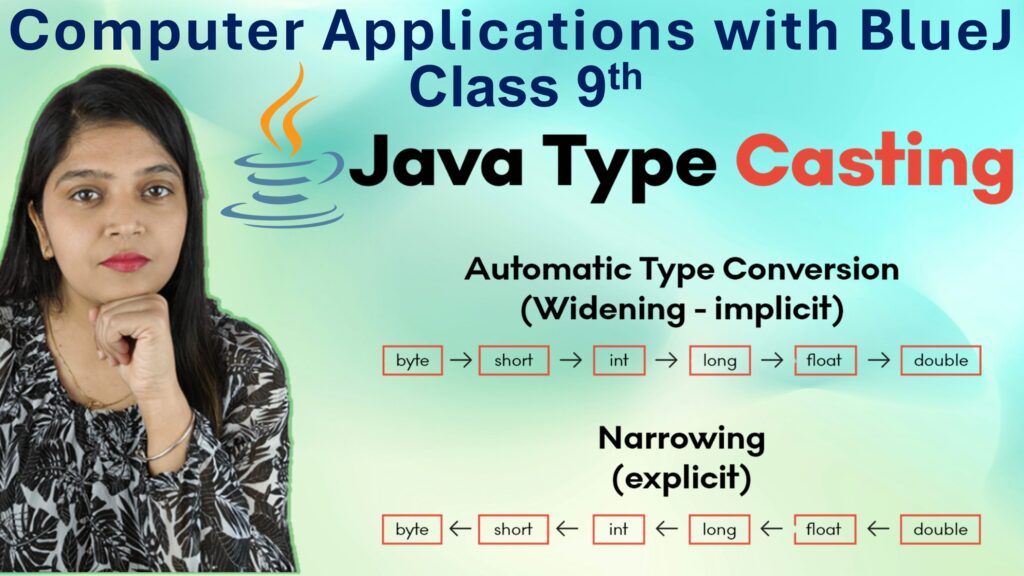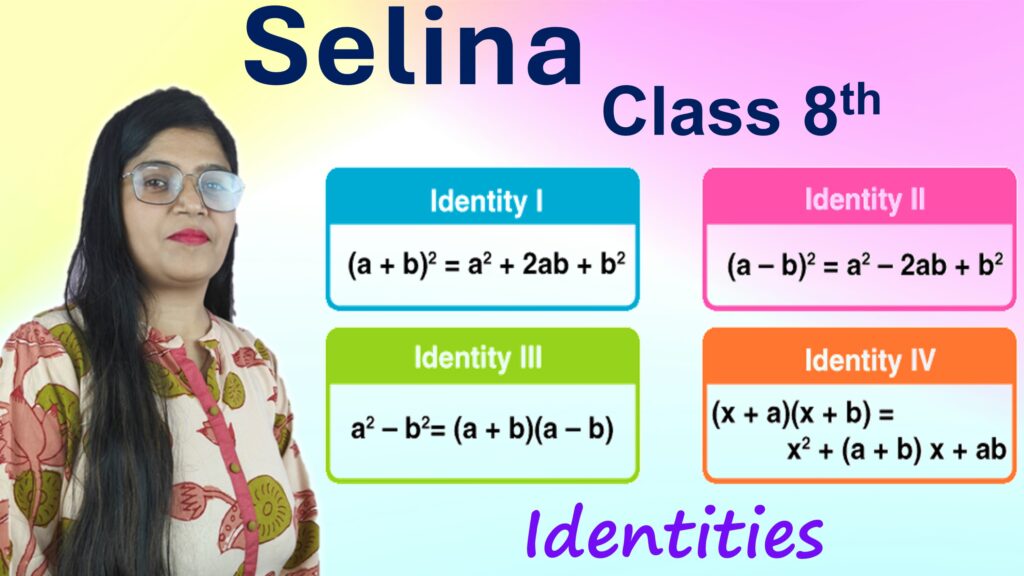Exercise: 1-E
Competency Focused Questions
Q1: Ramesh earns ₹ 40,000 per month. He spends \(\frac{3}{8}\) of income on food, \(\frac{1}{5}\) of the remaining on LIC premium and \(\frac{1}{2}\) of the remaining on other expenses. Find how much money is left with him?
Step 1: Income = ₹40,000
Spending on food:\[
= \frac{3}{8} \times 40000 = \frac{120000}{8} = ₹15000
\]Step 2: Remaining after food
\[
= 40000 – 15000 = ₹25000
\]Step 3: LIC Premium = \( \frac{1}{5} \) of remaining ₹25000
\[
= \frac{1}{5} \times 25000 = ₹5000
\]Step 4: Remaining after LIC
\[
= 25000 – 5000 = ₹20000
\]Step 5: Other expenses = \( \frac{1}{2} \) of remaining ₹20000
\[
= \frac{1}{2} \times 20000 = ₹10000
\]Step 6: Money left with Ramesh
\[
= 20000 – 10000 = ₹10000
\]Answer: b. ₹10,000
Q2: A, B, C, D and E went to a restaurant for dinner. A paid \(\frac{1}{2}\) of the bill, B paid \(\frac{1}{5}\) of the bill and rest of the bill was shared equally by C, D and E. What fraction of the bill was paid by each?
Step 1: Let total bill = 1
Step 2: A paid = 1/2, B paid = 1/5
Step 3: Total paid by A and B = 1/2 + 1/5 = (5 + 2)/10 = 7/10
Step 4: Remaining bill = 1 – 7/10 = 3/10
Step 5: C, D, E shared 3/10 equally = (3/10) ÷ 3 = 1/10 each
Answer: d. 1/10
Q3: \(\frac{2}{5}\) of total number of students of a school come by a car, while \(\frac{1}{4}\) of students come by bus to school. All the other students walk to school, of which \(\frac{1}{3}\) walk their own and rest are escorted by their parents. If 224 students come to school walking on their own, how many students study in that school?
Step 1: Let total students = x
Step 2: Come by car = 2/5 x, by bus = 1/4 x
Step 3: Total by car and bus = 2/5 + 1/4 = (8 + 5)/20 = 13/20
Step 4: Students walking = x – 13x/20 = 7x/20
Step 5: Out of these, 1/3 go alone ⇒ (1/3 of 7x/20) = 7x/60
Step 6: Given 7x/60 = 224
Multiply both sides by 60:
7x = 224 × 60 = 13440
x = 13440 ÷ 7 = 1920
Answer: c. 1920
Q4: The rational number that must be added to the sum of \(\frac{3}{7},\ -\frac{8}{21}\ and\ -\frac{3}{14}\) to get the result \(\frac{-5}{14}\) is:
Step 1: Add the three numbers:
LCM of 7, 21, 14 = 42
(3/7) = 18/42, (-8/21) = -16/42, (-3/14) = -9/42
Total = 18 – 16 – 9 = -7/42
Step 2: -7/42 = -1/6
We want: (-1/6) + x = -5/14
x = -5/14 – (-1/6) = -5/14 + 1/6
LCM = 42 ⇒ (-15 + 7)/42 = -8/42 = -4/21
Answer: a. -4/21
Q5: p and q are two non-zero unequal rational numbers. Which of the following can’t be equal to 1?
(i) (p – q)/(q – p) = -1
(ii) (p + q)/(q + p) = 1
(iii) (pq)/(qp) = 1
(iv) (p/q) ÷ (q/p) = (p/q × p/q) = p²/q² ⇒ Not always 1 unless p = q
Answer: d. (i) and (iv)
Q6: a and b are two rational numbers such that a + b = 3. When we divide a by b, the closure property of rational numbers does not hold true. The values of ab and \(a-b\)respectively are:
Step 1: a + b = 3
Assume a = 0, b = 3 ⇒ a + b = 0 + 3 = 3 ✔
Check closure: 0 ÷ 3 = 0 ✔ (Rational), 3 ÷ 0 = ✖ (Undefined)
ab = 0 × 3 = 0
a – b = 0 – 3 = -3 ❌
Now try: a = 3, b = 0
Then a + b = 3 ✔
a ÷ b = 3 ÷ 0 ❌ — Not defined
ab = 3 × 0 = 0
a – b = 3 – 0 = 3
Answer: (c) 0, 3







Leave a Comment